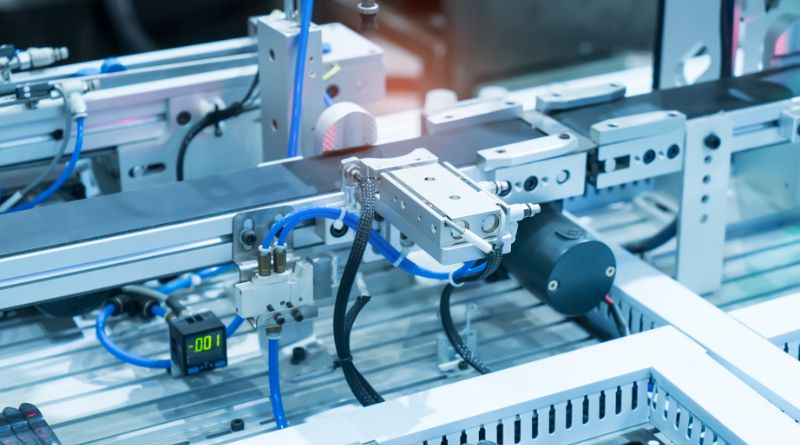The Main Components of Air Production Systems
This article will discuss the accumulator, feed lines, actuator, and Reciprocating compressor. We will also discuss the importance of a quality air system. To learn more about air compressors, visit our website. We’ll also discuss how to care for them. After reading the article, you’ll better understand how to operate it. (Components of Air Production)
Accumulator
An accumulator is one of the critical components of an air production system. It is a pump that stores and releases compressed air. It is typically made from welded metal bellows or a composite. It can withstand high pressures and volumes. Many different types of accumulators are available for railroad yard air, and they can be designed to fit various air and fluid requirements.
An accumulator is a reservoir for compressed air that stores the air from an auxiliary compressor. It then displaces this air to instruments and tools. Because many tools are used intermittently, the accumulator provides a buffer for the equipment. This prevents compressors from reusing air too quickly, leading to premature wear. Larger accumulators can connect to several pneumatic devices and have more than one compressor.
Feed lines
The main components of air production systems include a compressor, buffer tank, and feed lines. The compressor stores high-pressure compressed air that is later used for actuators. This prevents irregular surges in the airflow. The buffer tank also allows the compressor to be positioned correctly from the actuators. Feed lines move the pressurized air through the pneumatic system. Furthermore, the installation includes large hoses to accommodate the high PSI. This makes the pressurized air travel farther.
The piping distribution system’s size must match the compressors’ sizes on the supply side. A looped distribution pipe can reduce pressure drops by fifty percent. Using smaller pipes reduces the distance air must travel by 20-40%. The feed line’s design also impacts how much-compressed air a compressed air compressor can produce. Therefore, feed lines are also vital for air production.
Actuator
An actuator is the business end of a pneumatic tool. They move things by using compressed air to push or pull them. Typically, the actuator consists of a piston that slides back and forth within a cylinder. The amount of compressed air that moves the piston determines its force. An actuator can be a single or multiple stage, depending on the type of application. It often pairs with a motor and can have various configurations, including air, fluid-filled, and liquid-filled.
There are two types of actuators: electrohydraulic and mechanical. Both play crucial roles in healthcare devices and factory automation, with essential dimensions and weights. An electrohydraulic actuator requires an electric motor as the prime mover and a hydraulic accumulator to transmit the force needed for movement. Electric-powered construction equipment can also utilize an actuator with appropriate controls.
Reciprocating compressor
The reciprocating compressor is a low-speed device that uses a piston to compress air into a vapor. Ports on the cylinder head connect the piston to the inlet and discharge valves. As the piston lowers its stroke, air under pressure in the clearance space expands rapidly and falls below the opposite side of the inlet valve. The valve opens when the piston reaches the bottom of the stroke.
Motors integrate with reciprocating compressors, where the motor’s crankshaft forms one piece with the compressor’s crankshaft. Moreover, different installations use gearbox-type speed reducers. Diesel engines, steam turbines, or natural gas can power the compressors. Besides that, the lubrication and cooling methods of the components in the system will vary depending on the application. Remember that choosing the appropriate compressor requires consideration of factors such as overloading or undersizing reciprocating compressors.




